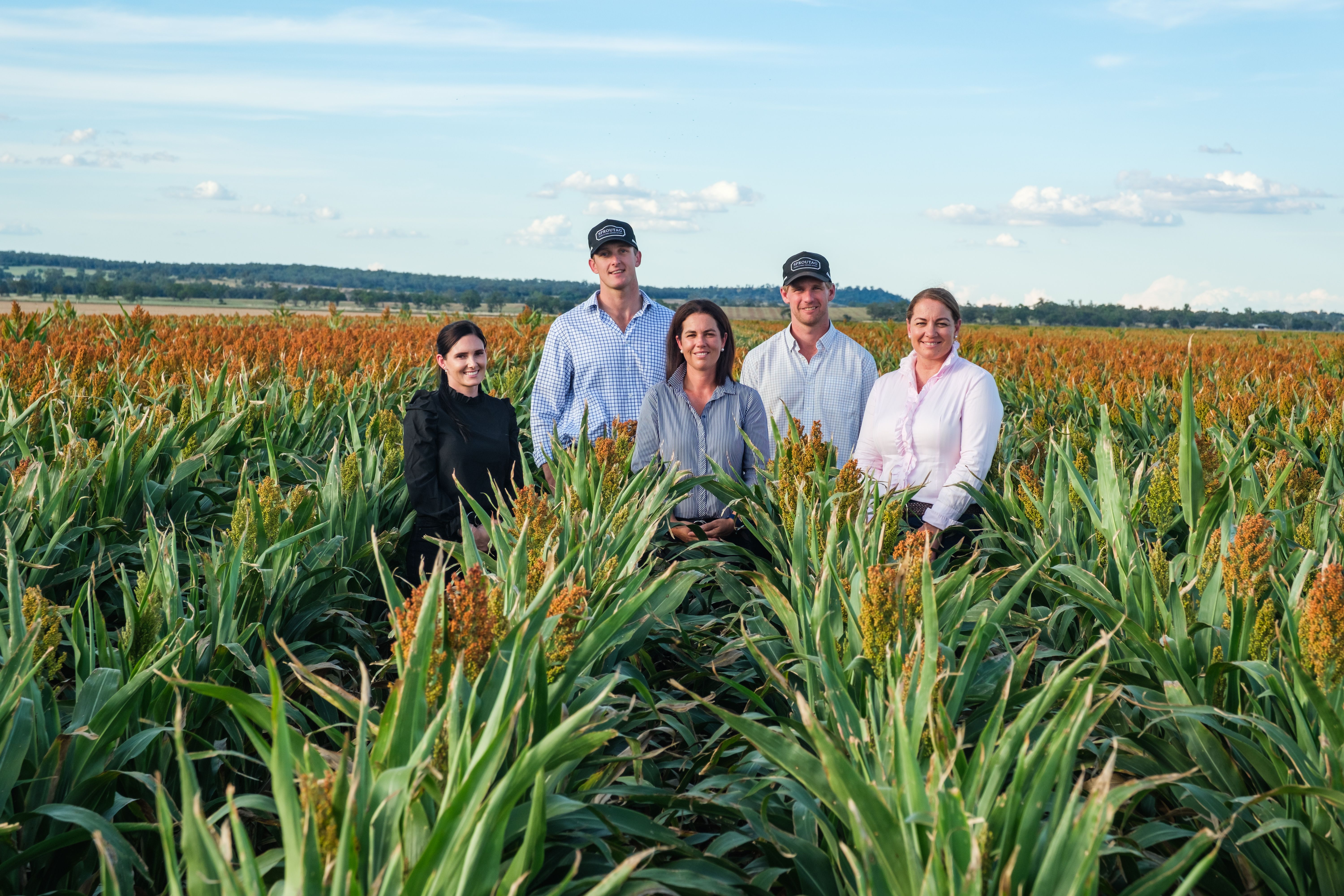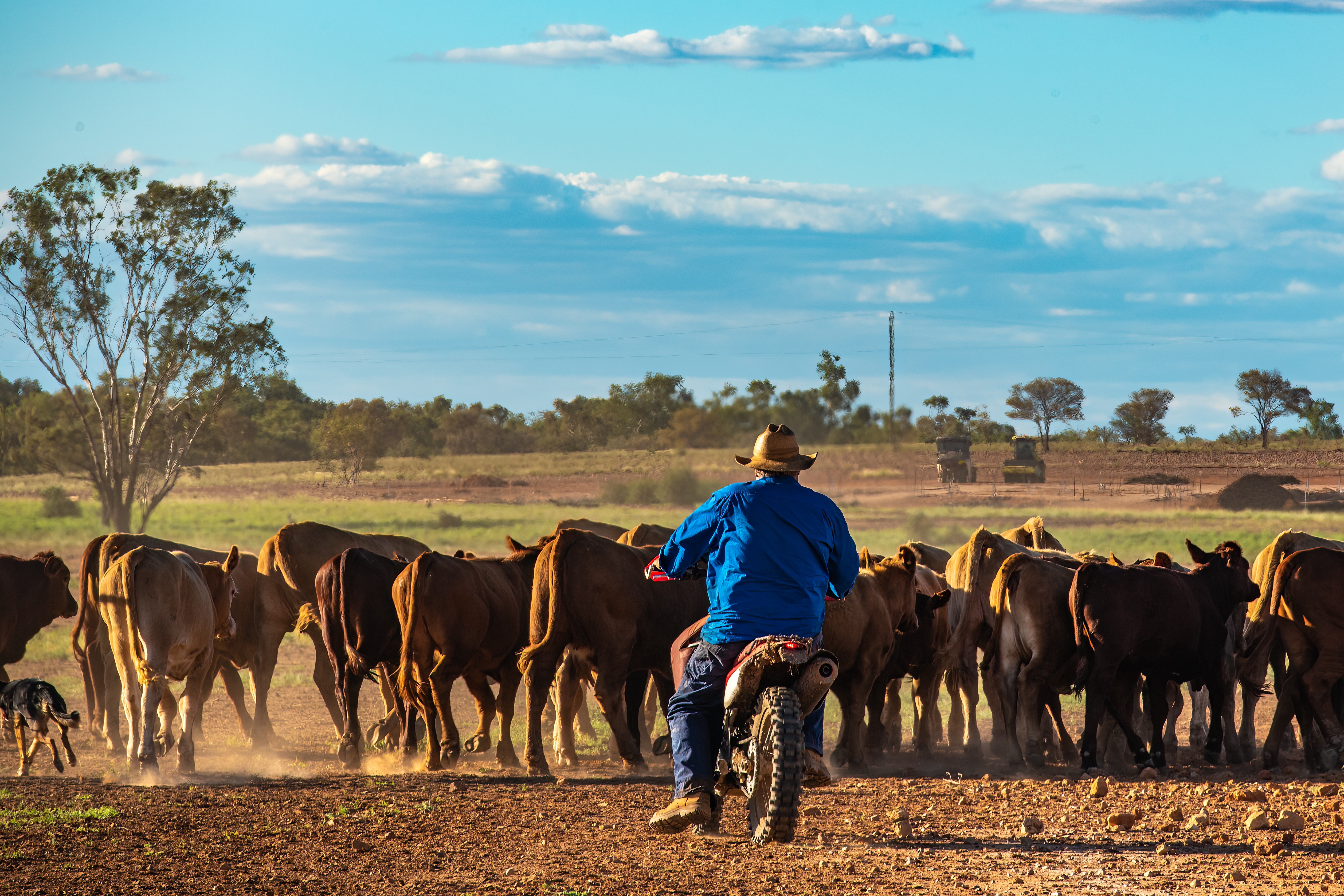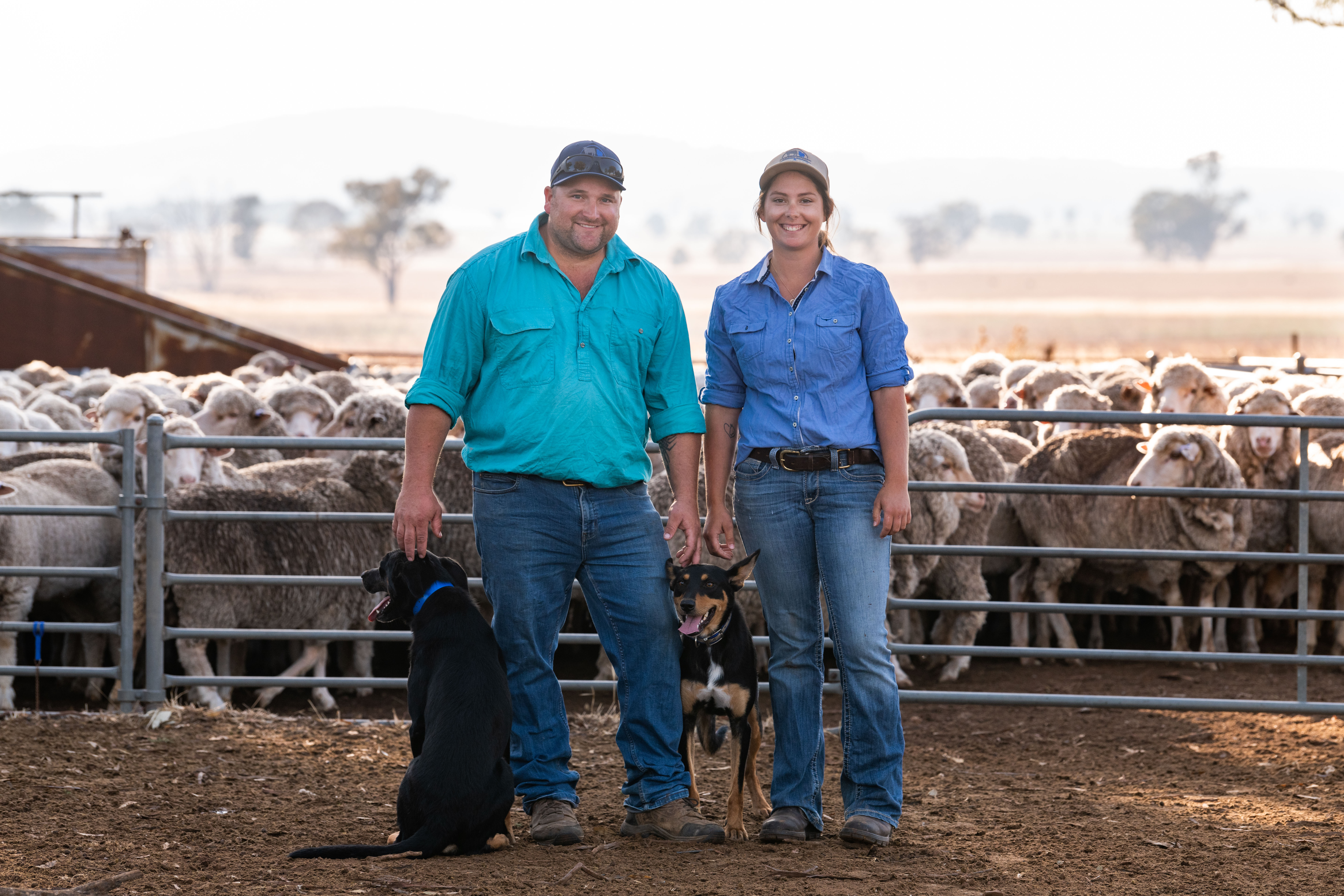Fixed vs Variable: A Fresh Look at Interest Rate Strategy – April 2025
There’s a lot of noise at the moment around where interest rates are headed. Many of our clients at Sprout Ag are currently locked into fixed rates, and the question of whether to break those rates – or stay the course – is coming up more and more.
A while back, we wrote about the pros and cons of fixing your interest rates. That advice still stands, but we thought it was timely to add some updated commentary, particularly with the uncertainty we’re seeing across the market now.
At Sprout Ag, we tender between $500–800 million in farm debt every year. Analysing the cost of debt is something we live and breathe – it’s part of our day-to-day work, and risk management conversations with our clients are ongoing.
The reality is: no one really knows where interest rates are going. This has been proven time and time again. Right now, there’s a lot of chatter about tariffs and their broader impacts. If tariffs continue to unfold in the current direction, the simple likelihood is that they will be deflationary for Australia, which would put downward pressure on interest rates.
In the meantime, we’re receiving increased enquiries from farming businesses asking about breaking their current fixed rates and shifting to variable. At the same time, banks are actively promoting new fixed-rate products. It’s a fascinating dynamic and one we’re keeping a close eye on.
We’re also seeing a significant difference in interest rates depending on whether a client is on a bank’s reference rate or a market-based rate (priced off BBSW or BBSY). These nuances make it even more important to assess each business’s situation individually rather than adopting a ‘one-size-fits-all’ approach.
A quick refresh on the pros and cons of fixing vs variable:
Pros of Fixed Rates:
- Certainty of repayments for the fixed term.
- Protection if interest rates rise sharply.
- Helpful for budgeting and cash flow forecasting.
Cons of Fixed Rates:
- Less flexibility (break costs can be significant if you want to pay off debt early or refinance).
- You could miss out if rates fall.
- Limited ability to restructure debt during the fixed term.
Pros of Variable Rates:
- Flexibility to pay down debt faster without penalty.
- Ability to take advantage of falling interest rates.
- Easier to refinance or restructure if opportunities arise.
Cons of Variable Rates:
- Exposure to rising interest rates.
- Less certainty for budgeting purposes.
Our personal view?
Variable interest rates generally offer greater flexibility. In our experience, fixed rates have rarely delivered a major benefit for clients, except in the case of locking in at the ultra-low rates we saw a few years ago.
In summary:
Choosing between fixed and variable rates should always come down to your business’s circumstances, cashflow strategy, and risk appetite. There’s no blanket answer, but the important thing is to make an informed decision, with a clear understanding of both the risks and the opportunities.
If you’re thinking about reviewing your debt structure, reach out to the Sprout Ag team. We’re here to help you navigate these conversations with confidence.









